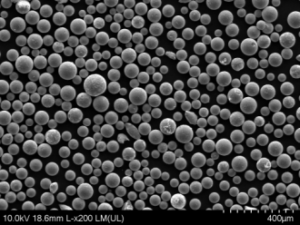TiC powder, or Titanium Carbide powder, is an essential material in various industries due to its exceptional hardness, wear resistance, and high-temperature stability. Whether you’re in the aerospace, automotive, or cutting tools industry, TiC powder plays a crucial role in improving performance and durability. This comprehensive guide will dive deep into all aspects of TiC powder—its composition, characteristics, applications, advantages, and specifications—while also exploring specific models available in the market. You’ll also find detailed comparisons and FAQs to give you a better understanding of TiC powder and its significance in different industries.
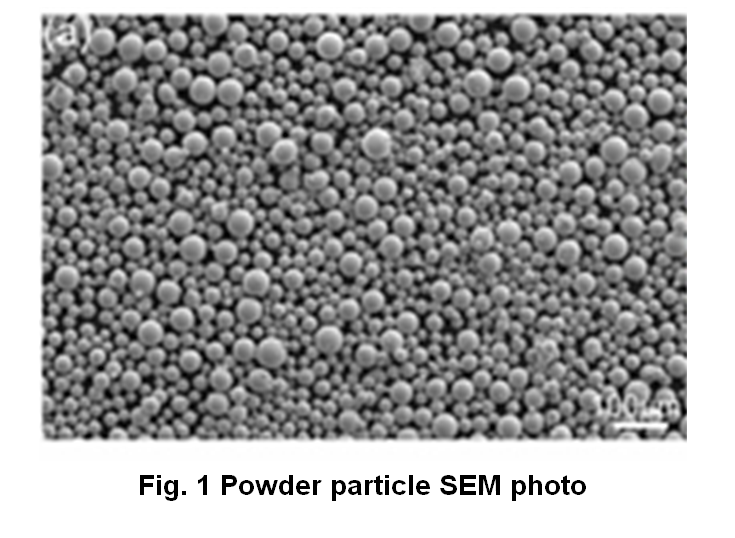
Overview of TiC Powder
Titanium Carbide (TiC) powder is a type of ceramic powder with exceptional hardness and resistance to wear and corrosion. As one of the hardest known materials, TiC is often used in high-performance applications such as cutting tools, abrasives, coatings, and as an additive in metal matrix composites. Its properties make it ideal for environments exposed to extreme conditions, such as high temperatures, high wear, and corrosive environments.
TiC powder is often synthesized through various chemical processes, typically using titanium tetrachloride (TiCl4) and carbon sources at high temperatures. The resulting TiC powder can be customized for different industrial applications based on factors like particle size, purity, and composition.
Key Characteristics of TiC Powder
- Hardness: TiC is known for its extreme hardness, surpassing that of many other materials. It ranks 9 on the Mohs scale of hardness, which makes it suitable for cutting tools, abrasives, and coatings.
- Thermal Stability: TiC powder can withstand high temperatures, maintaining its structural integrity even in extreme heat, making it an ideal material for high-temperature applications like jet engines.
- Wear Resistance: Due to its hardness, TiC powder is highly resistant to abrasion and wear. This makes it an excellent choice for use in heavy-duty machinery, mining, and automotive components.
- Corrosion Resistance: TiC exhibits excellent resistance to corrosion, particularly in high-temperature and chemically aggressive environments, ensuring the longevity of parts and components.
- Electrical Conductivity: TiC is also a good conductor of electricity, which makes it valuable in electrical contacts, resistors, and other electronic applications.
Composition of TiC Powder
Titanium carbide powder is primarily composed of two elements: titanium (Ti) and carbon (C). The powder can vary in its precise composition based on the method of production, but the ratio of Ti to C remains relatively constant at 1:1. Here’s a breakdown of what makes up TiC powder:
| Element | Symbol | Percentage by Weight | Role in Composition |
|---|---|---|---|
| Titanium | Ti | ~50% | Provides hardness and thermal stability |
| Carbon | C | ~50% | Contributes to high hardness and wear resistance |
In addition to these two primary elements, TiC powder may also contain trace amounts of other elements such as oxygen, nitrogen, or metallic impurities depending on the synthesis process.
Types of TiC Powder and Specific Models
TiC powder comes in various types and grades, each optimized for different industrial applications. These variations depend on factors like particle size, purity, and specific properties such as wear resistance or electrical conductivity.
Here are ten popular TiC powder models and their specific features:
| TiC Powder Model | Description | Particle Size (μm) | Purity (%) | Applications |
|---|---|---|---|---|
| Standard TiC Powder | General-purpose TiC powder with balanced properties | 10-50 | 99 | Cutting tools, wear-resistant coatings |
| Ultra-Fine TiC Powder | Powder with smaller particle size for high-performance coatings | 1-5 | 99.5 | Nanocoatings, abrasive materials |
| TiC-Coated Powder | TiC powder coated with other materials for improved wear resistance | 5-25 | 99.8 | Industrial tooling, grinding applications |
| High-Purity TiC Powder | Ultra-pure TiC powder with minimal impurities | 10-30 | 99.9 | Aerospace, military, high-temperature environments |
| Titanium Carbide Nano Powder | Nano-sized TiC particles with enhanced properties | <1 | 99 | Electronics, advanced manufacturing |
| TiC-Metal Composite Powder | Composite powder combining TiC with metals for added toughness | 20-40 | 97 | Metal matrix composites, automotive parts |
| Spherical TiC Powder | TiC powder in spherical shape for better flowability and sintering | 15-45 | 99.5 | 3D printing, powder metallurgy |
| TiC for Hardfacing Powder | Designed for wear-resistant coatings in heavy-duty machinery | 30-60 | 98 | Mining, construction, machinery |
| TiC-Based Composite Powder | Powder combined with other ceramic materials for added strength | 10-50 | 98.5 | High-performance coatings, military applications |
| Titanium Carbonitride Powder (TiCN) | TiC combined with nitrogen for improved wear and corrosion resistance | 20-50 | 99 | Cutting tools, abrasive industries |



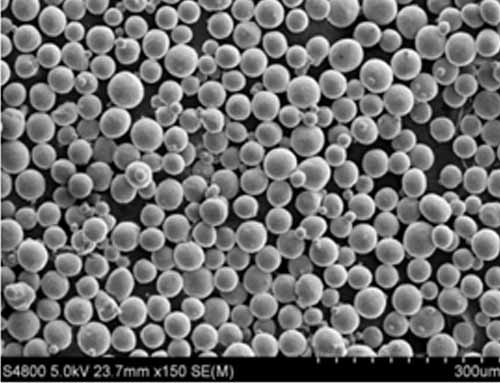
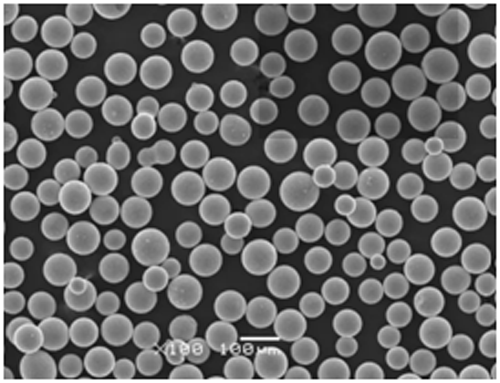
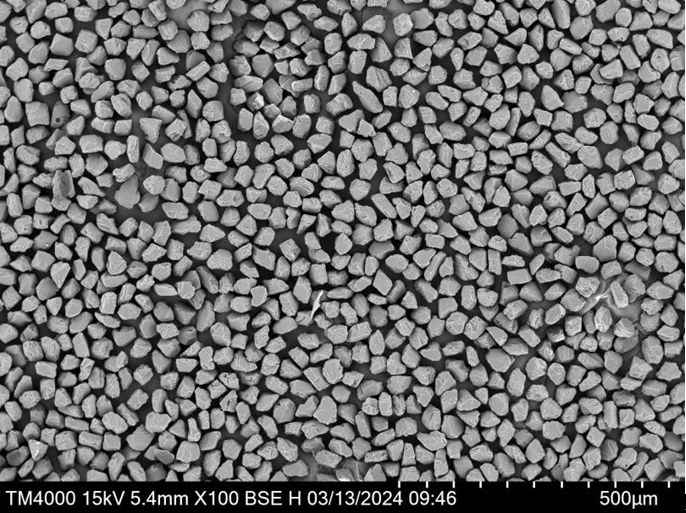
Applications of TiC Powder
TiC powder is used in a wide range of industries due to its remarkable hardness and durability. Below are some of the key applications of TiC powder, categorized by industry:
Industrial Applications
| Industry | Applications |
|---|---|
| Aerospace | High-performance coatings, engine components, heat shields |
| Automotive | Brake pads, wear-resistant coatings for engines and gears |
| Mining | Cutting tools, drill bits, hardfacing materials |
| Metalworking | CNC machining tools, cutting tools, inserts, and abrasive materials |
| Electronics | Conductive coatings, electrical contacts, resistors |
| Energy | High-temperature components for power plants, turbine blades, and reactors |
Medical and Biotech Applications
| Application | Details |
|---|---|
| Medical Implants | TiC-based coatings for improving the wear resistance of orthopedic implants |
| Biocompatibility | Due to TiC’s inert nature, it can be used for long-term medical applications |
Specifications, Sizes, and Grades of TiC Powder
When selecting TiC powder, it’s important to consider specifications such as particle size, grade, and purity. Here’s an overview of the key specifications and sizes available:
| Specification | Description | Range |
|---|---|---|
| Particle Size | Size of the powder particles | 1-100 μm |
| Purity | The amount of impurities in the TiC powder | 97%-99.9% |
| Density | Mass per unit volume of the powder | 4.9-5.1 g/cm³ |
| Hardness | The ability of TiC powder to resist indentation | 9 on Mohs scale |
| Melting Point | Temperature at which TiC powder melts | 3,300°C |
| Grade | The quality classification based on purity and size | High, Medium, Low |
Suppliers and Pricing Information for TiC Powder
TiC powder is available from various suppliers, each offering different grades, sizes, and prices. Here’s a brief overview of TiC powder suppliers and typical pricing ranges:
| Supplier | Grade | Price Range | Applications |
|---|---|---|---|
| Sigma-Aldrich | High Purity | $500-$1500 per kg | Research, high-performance applications |
| H.C. Starck | Medium Purity | $300-$700 per kg | Industrial coatings, metal matrix composites |
| American Elements | Low Purity | $200-$500 per kg | Bulk industrial use, abrasives |
| Advanced Materials | Ultra Fine | $1000-$3000 per kg | Nanocoatings, advanced manufacturing |
| Treibacher Industrie | Standard Grade | $250-$600 per kg | Cutting tools, hardfacing materials |
Pros and Cons of TiC Powder
Like any material, TiC powder has its strengths and weaknesses. Let’s break down the advantages and limitations of using TiC powder in various applications.
| Pros | Cons |
|---|---|
| Exceptional hardness and wear resistance | Expensive compared to other materials |
| High thermal stability for extreme temperatures | Can be difficult to process into complex shapes |
| Corrosion resistance in harsh environments | May require specialized equipment for handling and synthesis |
| Can be used in various industries | Limited flexibility in terms of application for certain designs |

FAQs
| Question | Answer |
|---|---|
| What is the melting point of TiC powder? | TiC powder has a melting point of approximately 3,300°C. |
| Is TiC powder used in 3D printing? | Yes, spherical TiC powder is often used in 3D printing processes. |
| How does TiC compare to tungsten carbide? | TiC is generally harder but more brittle than tungsten carbide, which makes it more suitable for coatings and wear-resistant applications. |
| What are the main advantages of TiC powder in industrial applications? | The primary advantages include its hardness, wear resistance, and thermal stability, making it ideal for heavy-duty environments. |
| Can TiC powder be used in aerospace applications? | Yes, TiC powder is widely used in aerospace applications due to its high temperature resistance and durability. |
Conclusion
TiC powder is an incredibly versatile material used across multiple industries, from aerospace to mining to automotive. With its remarkable hardness, wear resistance, and thermal stability, TiC powder is crucial for creating high-performance components that can withstand extreme conditions.
